A fresh haircut and a relaxing mani-pedi is a welcome change from the stresses of our day-to-day lives, but grooming services can have the opposite effect on our dogs.
There are several reasons why a dog may experience fear and anxiety during grooming. The pet salon is full of strange sights, sounds, and smells, not to mention other animals giving off their own auras of stress.

Some dogs may have had a negative experience in the past such as a painful “quicked” toenail or severe matting of their coat, requiring a lengthy, uncomfortable grooming session.
Grooming is a necessary process that all dogs must endure to some extent. Even if you have a short-haired pup, bathing, brushing and routine nail trims are essential for optimal health. So what can you do to help your nervous dog tolerate being groomed?
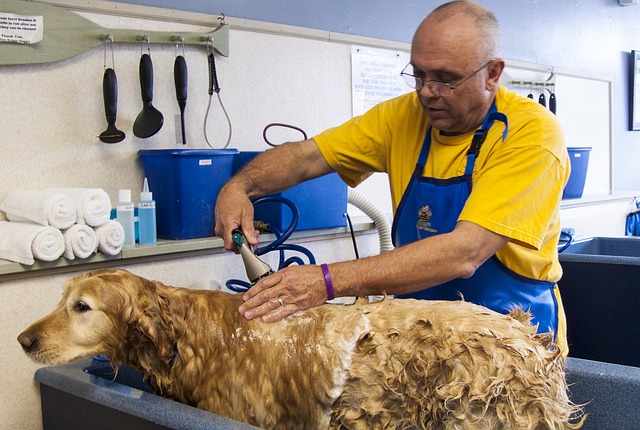
Get your dog used to being handled.
As with any new experience, it is important to desensitize your dog to the sensations associated with grooming. Not only will this help him relax during professional grooming sessions, it will also allow you to perform minor tasks at home such as removing a bur from your pup’s paw or simple ear cleanings.
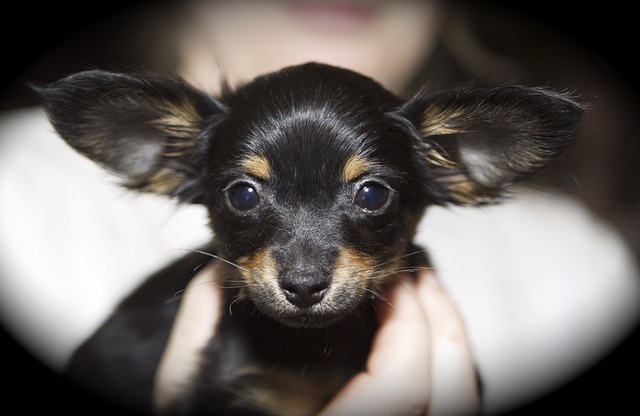
One of the most common reasons dogs become anxious during grooming is that the process involves them being touched in sensitive areas that aren’t handled at home. Most dog owner pat their pups’ heads and rub their bellies, but how often do you touch and manipulate their teeth, eyes, ears, paws, tail, rear and groin?
It is best to begin desensitizing your dog to touch when he is a pup, but dogs of any age can learn to feel safe during handling. Certified Behavior Consultant, Certified Professional Dog Trainer, and author of the book, Fearful to Fear Free, Mikkel Becker recommends taking it slow and training only when your dog is relaxed and receptive.
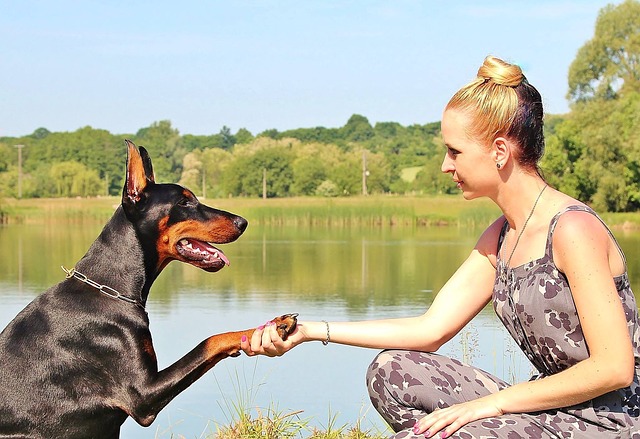
Start by giving a cue word such as “Ears” or “Paw” before gently touching that area. Reward with a treat immediately after. Gradually progress to opening the ears or touching the toes, extending the length of the touch each time. If your dog is sensitive in a particular spot – like the paws – start with a less sensitive spot like the shoulder, and slowly work down to the paw.
Identify your dog’s specific triggers.
Does your dog begin shaking and drooling as soon as he gets in the car? It could be that his stress is centered around travel anxiety or car sickness, not the process of grooming at all. If your dog is calm and happy through the bathing and drying process, but becomes fidgety during his trim, it could be the sound of the clippers or the sensation of having scissors so close to his face that makes him uncomfortable.
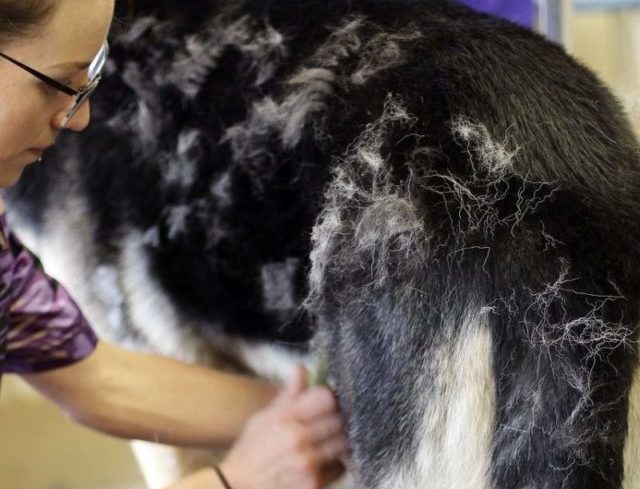
Schedule some time to discuss your dog’s specific triggers with your groomer. Once you are both on the same page, you can work together toward a solution.
Take “fun” trips to the groomer.
If every single trip to the groomer’s office results in a frightening or uncomfortable experience, your dog will naturally be anxious every time you pull in the parking lot. Ask your groomer if she is comfortable with you dropping in from time to time just to say “hello”.
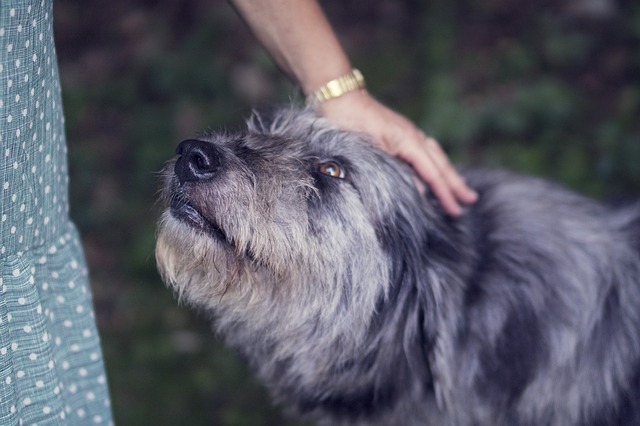
These visits will help desensitize your pooch to car rides and show him that the groomer’s office can be a fun place. Bring along your dog’s favorite healthy snack and encourage the pet-loving staff members to shower him with treats and affection!
Find a professional you can trust.
Your dog cannot tell you what goes on after you drop him off at the groomer, so it is important to find a professional you can trust. Ask your veterinarian and dog-loving friends for recommendations and arrange a time to meet with the candidates before you book an appointment.
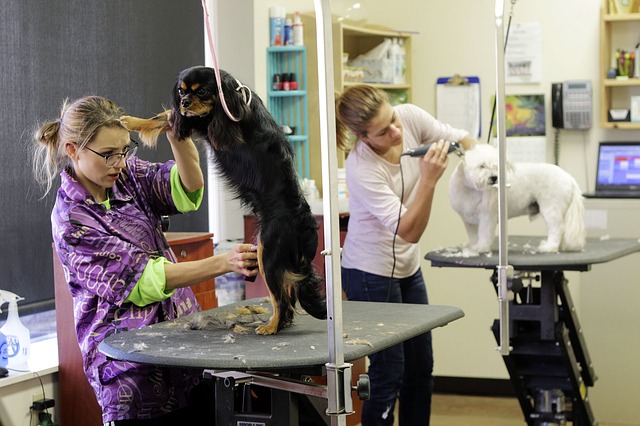
A quality groomer should be happy to meet with you, answer your questions and show you around her shop. Discuss your dog’s individual anxieties and ask potential groomers how they would handle them.
These strategies may not work for every dog. If desensitization training fails to improve your pup’s anxiety or his behavior is putting himself or others at risk, consult your veterinarian. More advanced training options, behavioral therapies and medications can work wonders.
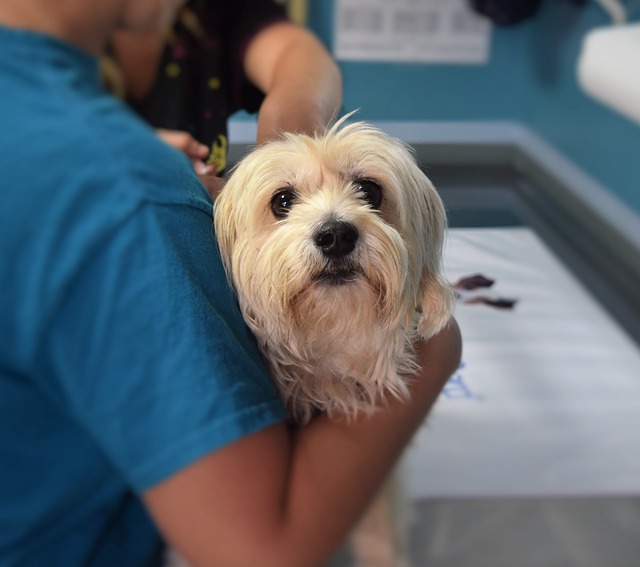
Do not allow frustration and stress to prevent you from providing the hygeinic grooming services your dog needs to stay healthy and happy!
H/T to Vetstreet
Featured Image via Flickr/Chris Lester
